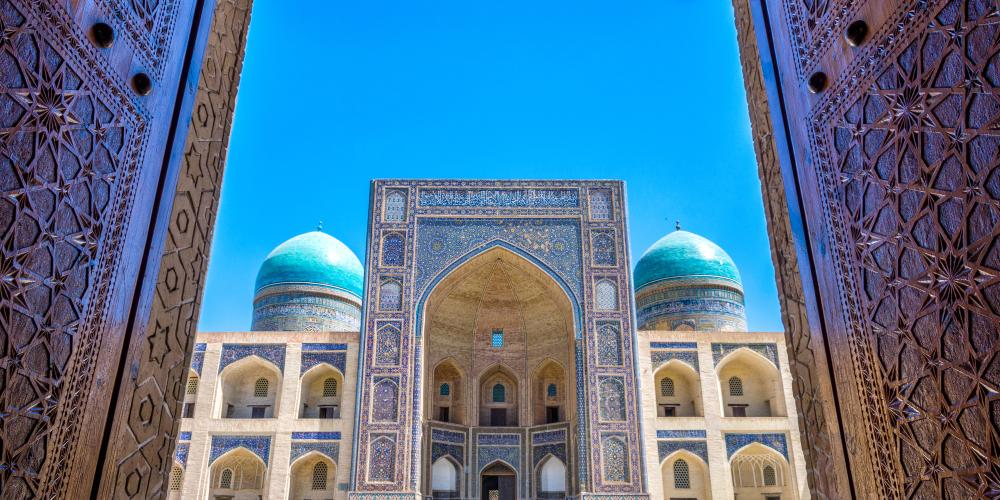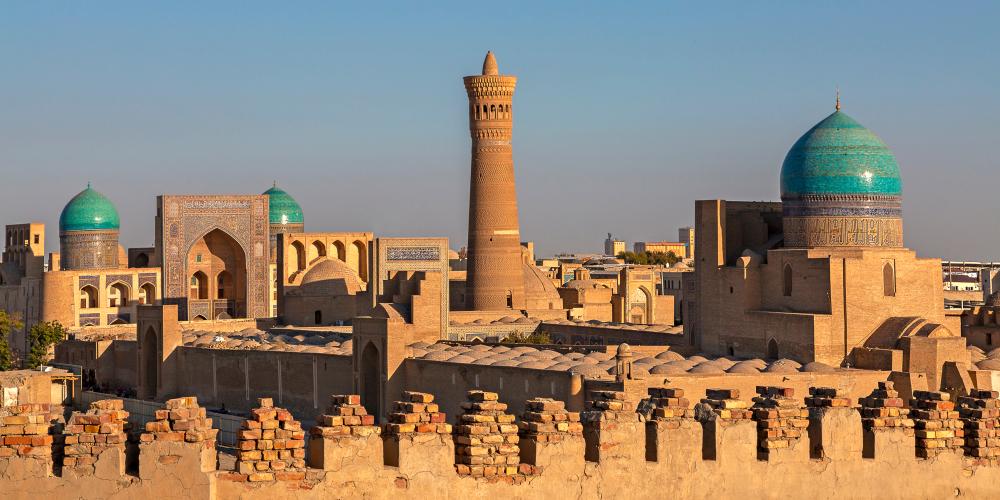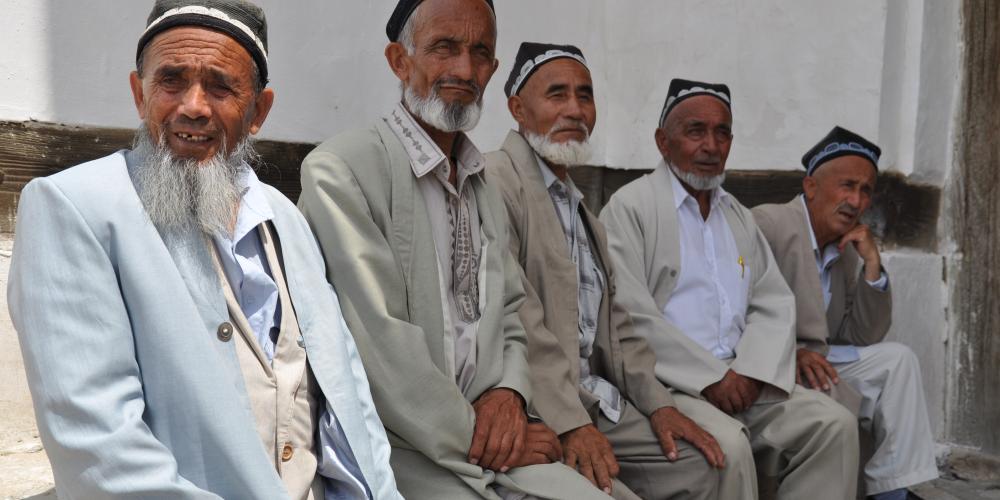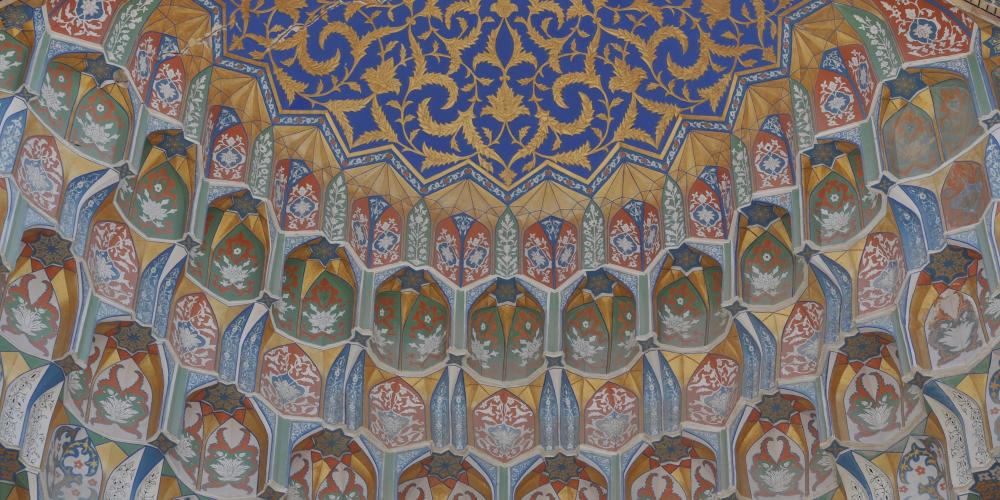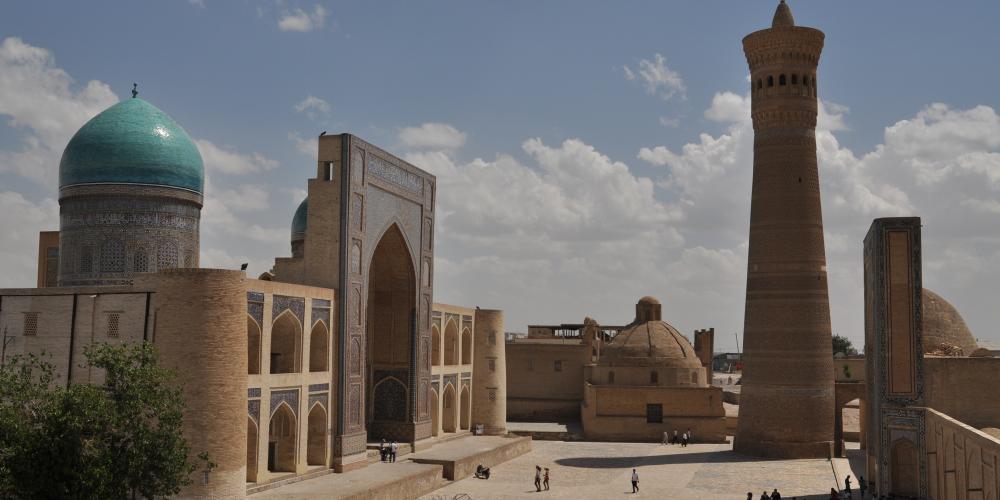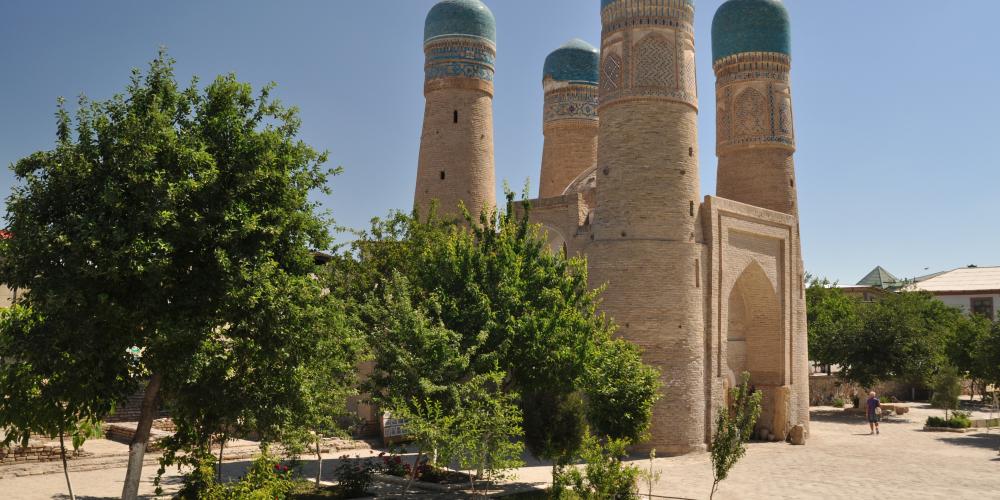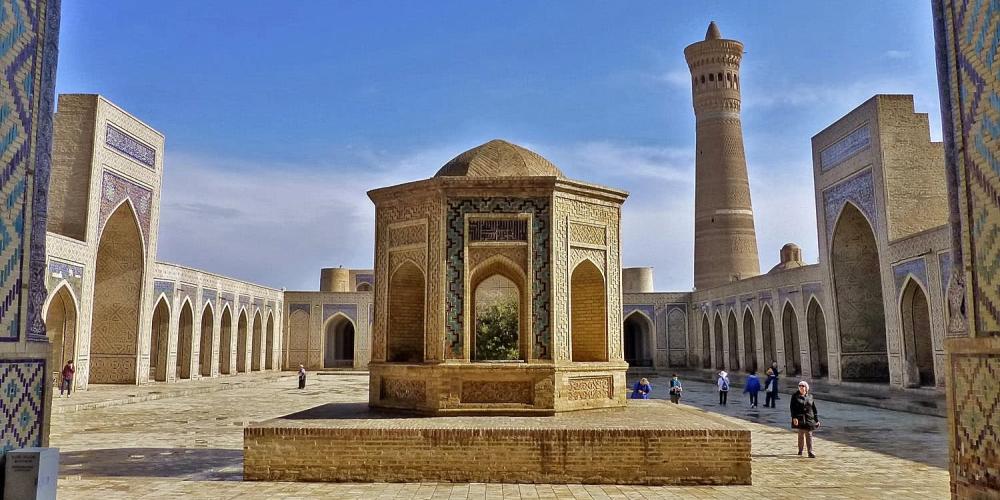Historic Centre of Bukhara

Located in central Uzbekistan on an oasis in the Zerafshan River Delta, Bukhara has long been a haven for travellers traversing the Silk Road. Over the centuries, this encouraged many cultural, merchant, educational and religious exchanges from Persia, India, China, and Russia, and led Bukhara to serve as a major centre in Central Asia. But the significance of the city also made it a target for the empires that expanded across the region throughout history, and Bukhara has changed hands many times. Each new conqueror and ruler left their mark on the city and, today, the historic centre feels like an open-air museum, representing every stage of its story.

The Samanid Mausoleum is a symbol of the Arab conquest, with the 10th century monument one of the best surviving examples of its style of architecture. The 11th century Karakhanid period left the city with the incredible Poi-Kalyan minaret, a 45-metre-high brick masterpiece. And the Timurid Empire's contribution to Bukhara includes the Ulugbek Madrasa, with its entranceway decorated in intricate and colourful tilework.
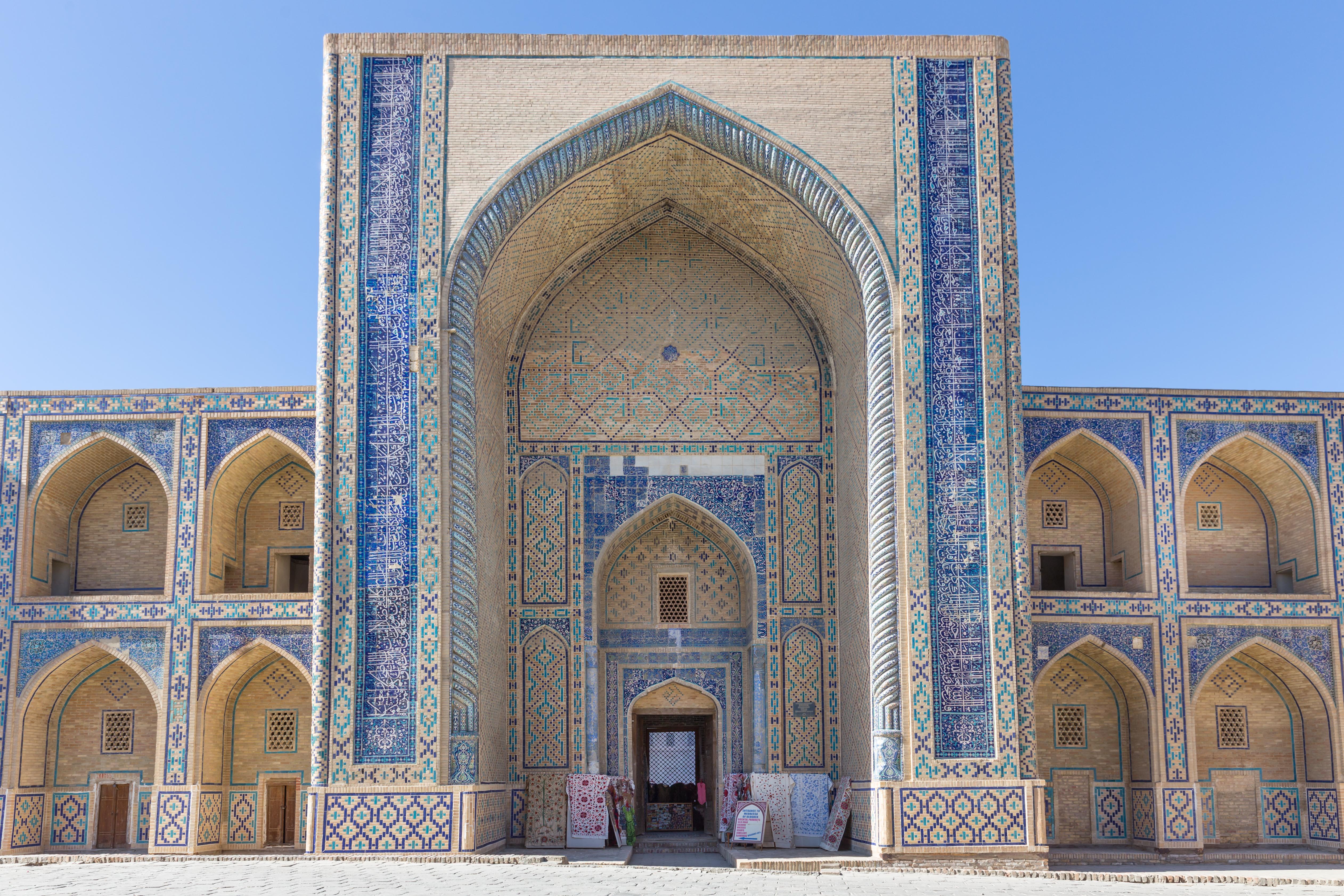
The most significant period in Bukhara's history was during the Sheibanid dynasty, which made the city its capital in the 16th century. The rulers filled the urban centre with madrasas, mosques, and domes, each imposing and impressive in its own way. Under their leadership, the city continued to expand economically and socially, while the layout changed dramatically with their emphasis on the art of cityscapes and architectural design. What you see when you visit today is a legacy of the wealth and vision of the Sheibanids.
While Bukhara was just one of several cities that prospered in the region during the Middle Ages, what makes it so special today is that it has been carefully preserved. The layout of the streets, their harmony with the residences, businesses, and monuments around them, and the appearance of the important landmarks has not changed in more than 500 years. To this day, Bukhara remains the most complete example of a Central Asian medieval city, with its original townscape and urban layout.

The History of Bukhara
Settlement in Bukhara goes back more than 2000 years and has long been an important trading city, as both a rest stop for caravans at the oasis and a regional market for the exchange of goods. By the middle of the first millennium, it had become a large urban centre that welcomed people of various religions and races, a cultural crossroads where major routes of the Silk Road met.
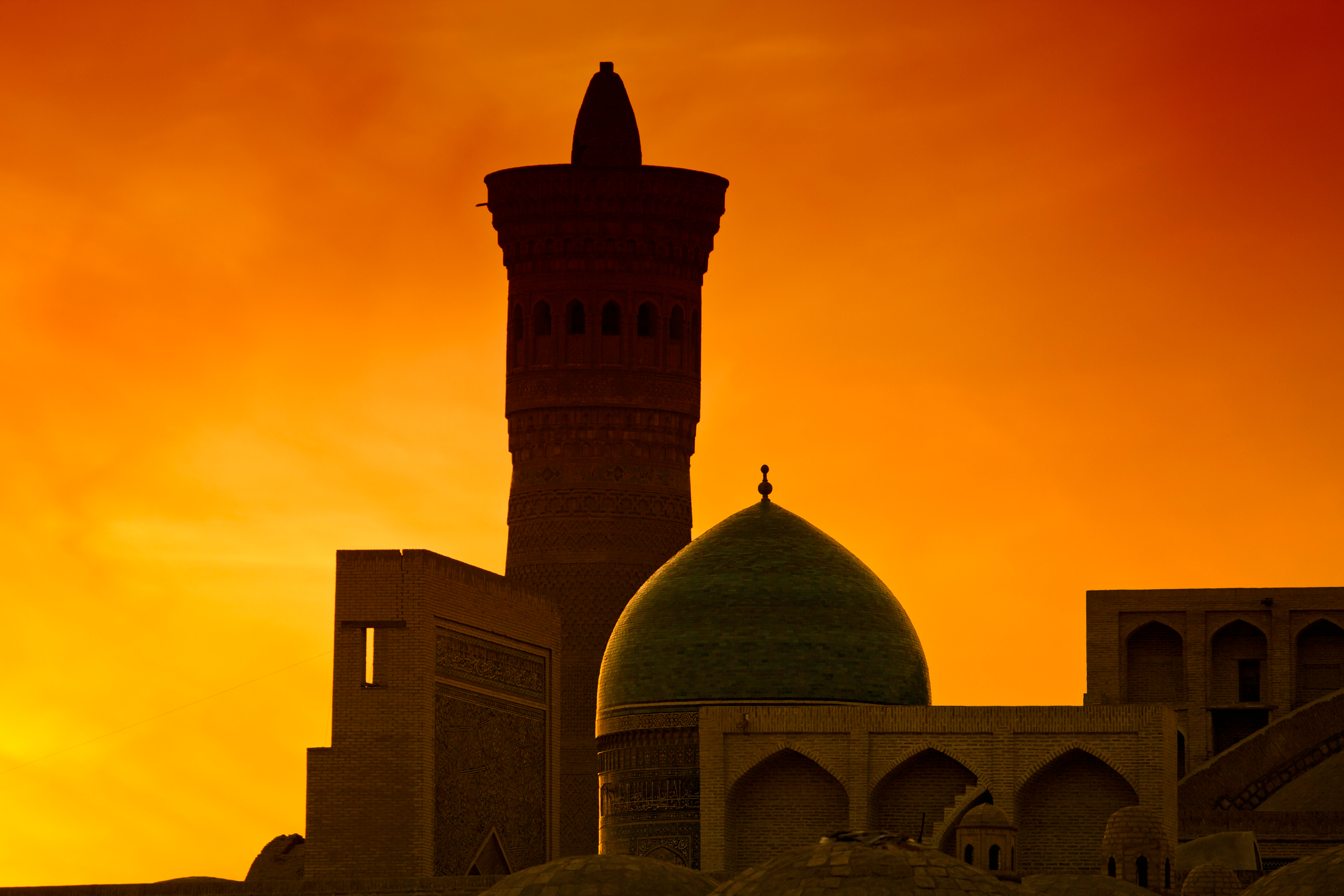
After the Arab conquest came through Bukhara in 709 AD, it was chosen as the capital city of the independent Samanid Kingdom in 892. The city began to consolidate its importance along the Silk Road, expanding in its cultural values, economic prosperity and intellectual reputation. This expansion led to various invasions over the years, with the Karakhanids ruling in the 11th century, Ghengis Khan invading in 1220, and the Timurid Empire taking control by 1370. Each of these rulers left their mark on the city’s urban layout and architecture, but the most distinguishing features of Bukhara come from the 16th and 17th century when the Sheibanid dynasty made Bukhara its capital.
The successful expansion of the Sheibanids was expressed through their beautification of Bukhara’s cityscape and extensive monuments. Some of the most important constructions during this period include the Poi-Kalyan complex, consisting of mosques, minarets and madrasas; the Lyabi-Khauz ensemble, complete with a large plaza and pond; the Kosh madrasa; the Gaukushon madrasa; and the Magoki Kurns madrasa. Many of these buildings contain bazaars on the inside that sell traditional products such as jewellery, scarves, knives, and ceramics. Each monument alludes to its function during its time of construction in history, and are beautifully decorated in intricate tilework, mosaics, and magnificent domes.
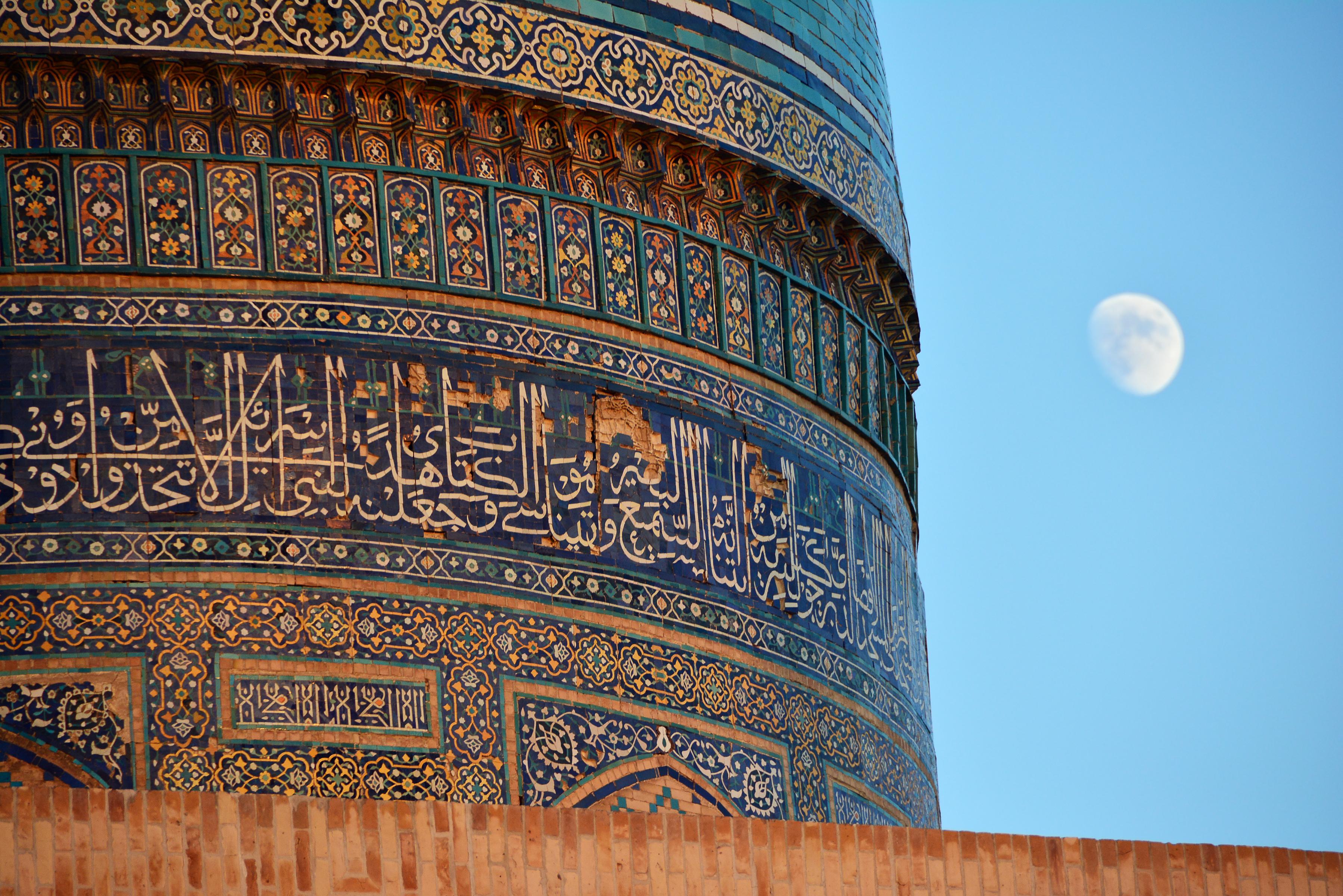
From the 17th century, a succession of short-lived dynasties led to a weakness in Bukhara that gave neighbouring rulers the opportunities for continual raids and pillages. In 1753, the city became the capital of a new Mangut dynasty that lasted until 1920 and Bukhara again was a major trading centre, although there were no construction projects to rival those of the Sheibanid Dynasty. By the time it was incorporated into the Russian Empire in 1868, it had no fewer than 38 caravanserais, six trading arcades, 16 public baths, and 45 bazaars.
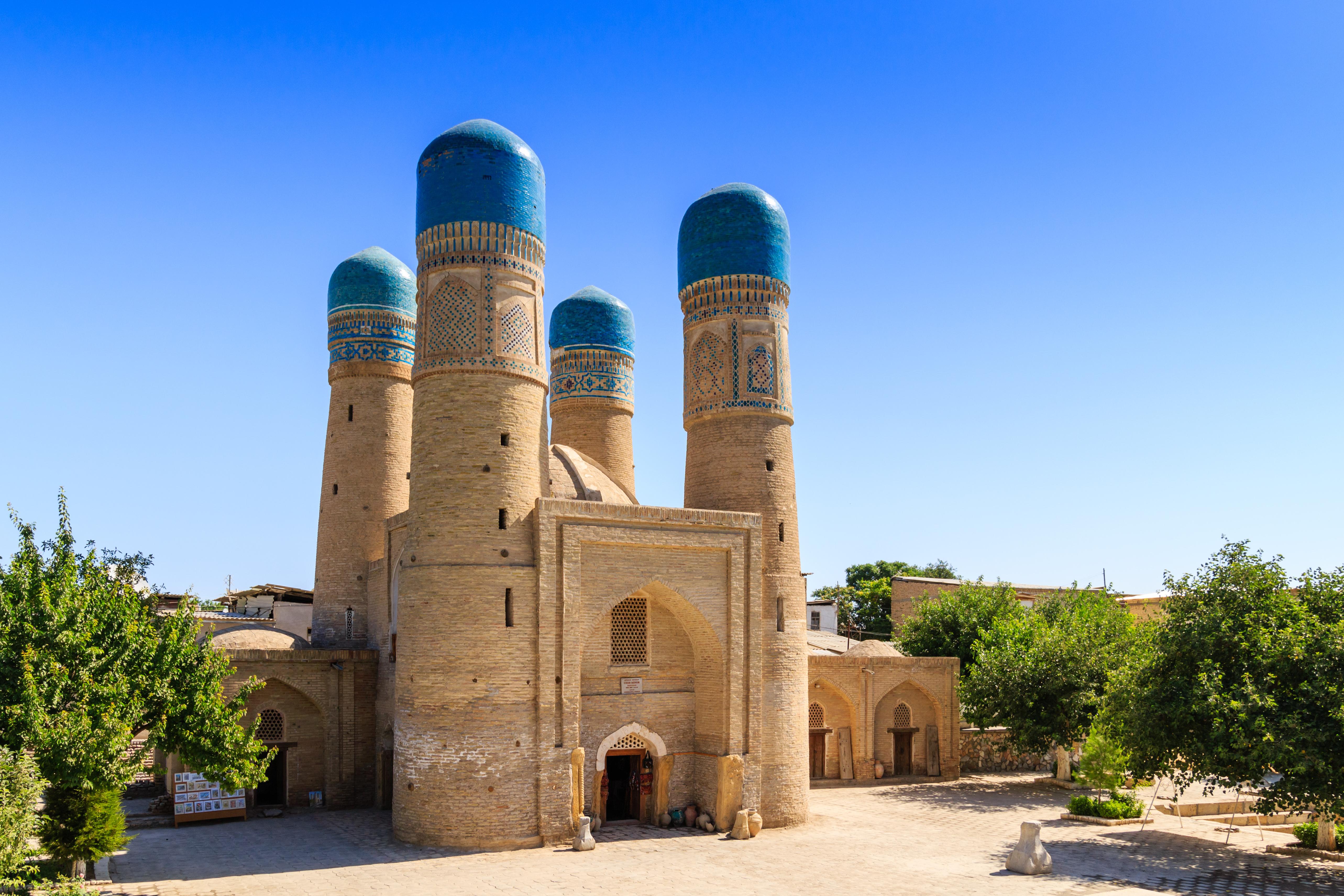
Walking the streets of Bukhara feels like exploring a time capsule of the Silk Road, as you pass through bustling bazaars and past the elegant intricacy of brick and tile work in the monuments. The facades of mosques and madrasas glimmer with their vibrant tilework, telling stories of Bukhara’s great prosperity, while merchants selling textiles and gold-embroidered goods form a link to the caravans of traders that once passed through the medieval city. The 10th century Ismail Samanai tomb is a highlight, as is the 11th century Poi-Kalyan minaret and the Ulugbek madrasa. But the domes, madrasas, and mosques from the Sheibani dynasty stand out as some of Uzbekistan's greatest architecture.
How to get there
Train is the easiest way to get to Bukhara from nearby main cities. From Tashkent, there is a daily high-speed train that takes about 3.5 hours, and costs around $7 USD if purchased at the train station.
There are two types of train from Samarkand to Bukhara. The high-speed train takes about 1.5 hours and the price starts around $7 USD, while the regular train takes about 2.5 hours and prices can be slightly cheaper.
When to visit
The spring (March-May) and autumn (September and October) months will have the mildest weather. The summer months can get very hot, while the winter months can be very cold and snowy.
How to Visit
Bukhara is a very walkable city and, since it is renowned for its integrated landscapes and monuments, the best way to experience these is to walk to each attraction. For the farther away attractions, hailing a taxi is very easy, and often your hotel will be able to arrange one for you. There are many restaurants with local cuisine and it's worth asking your hotel for recommendations. For an ATM, the higher end restaurants and hotels will typically be more reliable for a working machine. Modest clothing that covers your knees and shoulders will be needed for certain sacred buildings. Bukhara is a very safe city, with a very low crime rate.
